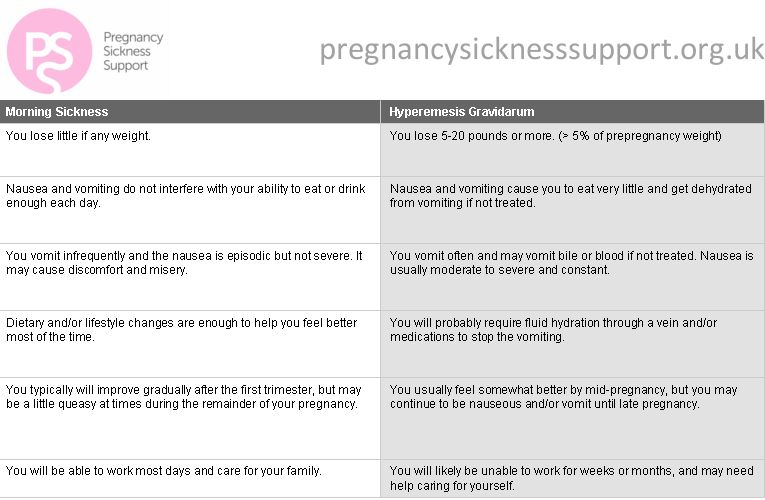
The royal family attend a Christmas Day service at St Mark's Church. (Getty)
The Royal Family announced Monday that Kate Middleton is expecting her third child.
“The Queen and members of both families are delighted with the news,” officials at Kensington Palace said in a press release.
Officials also revealed that Middleton, 35, is suffering from hyperemesis gravidarum, just as she did during her two previous pregnancies.
Here’s what you need to know:
1. Hyperemesis Gravidarum Is a Form of Severe Morning Sickness
Most women experience morning sickness during their pregnancies, as many as 80 percent, according to the American Pregnancy Association. But
Dr. Jennifer Ashton, a practicing OB/GYN, told ABC News in 2014 when Middleton was pregnant with her second child, Charlotte, that the condition can be quite severe.
Ashton said comparing it to morning sickness is “like a hurricane is a little bit of rain.”
2. The Symptoms Are Much More Severe Than Morning Sickness

A list of the symptoms of hyperemesis gravidarum.
The symptoms of hyperemesis gravidarum include severe nausea and vomiting, food aversions, weight loss of 5 percent or more of pre-pregnancy weight, decrease in urination, dehydration, headaches, confusion, fainting, jaundice, extreme fatigue, low blood pressure, rapid heart rate, loss of skin elasticity, secondary anxiety/depression, according to the American Pregnancy Association.
3. Hyperemesis Gravidarum Can Be Treated

By Harmid – Own work, Public Domain
Hyperemesis gravidarum can be treated, either at home or at the hospital. According to the American Pregnancy Association, the most common forms of treatment are intravenous fluids “to restore hydration, electrolytes, vitamins, and nutrients,” tube feeding and medications, including “metoclopramide, antihistamines, and antireflux medications.”
Other treatments include bed rest, acupressure, hypnosis and some homeopathic remedies. In most cases, it lasts 16 or 20 weeks, Dr. Ashley Roman, a professor and OB/GYN at New York University Langone Medical Center, told ABC News.
4. Kate Middleton Suffered From Hyperemesis Gravidarum During Her First Pregnancy
In 2012, when the Duchess of Cambridge was pregnant with her first child, George, she was admitted to the hospital for severe morning sickness and was diagnosed with hyperemesis gravidarum, according to BBC.
On July 22, 2013, Middleton gave birth to George at St Mary’s Hospital in London. He weighed 8 pounds, 6 ounces.
5. She Again Suffered From Hyperemesis Gravidarum While Pregnant With Her Second Child
The Royal Family announced that the Duchess was pregnant with her second child in September 2014. “In a statement, the palace said the duchess continued to suffer from extreme morning sickness but her condition was ‘steadily improving,'” the BBC reported at the time.
Charlotte was born on May 2, 2015 and weighed 8 pounds, 3 ounces.
